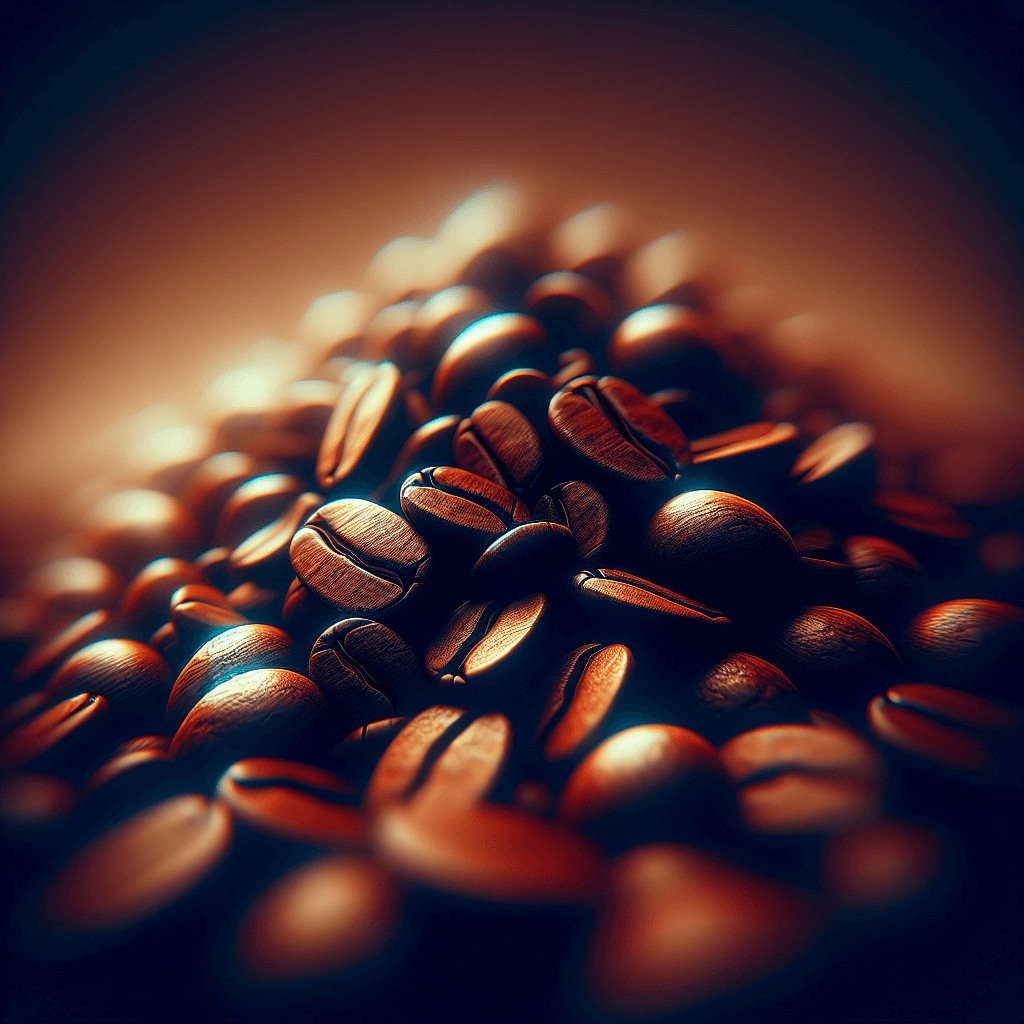
To understand decaffeinated coffee, you must first understand the decaffeination process. Coffee beans naturally contain caffeine, and the challenge is to remove this substance while preserving the flavor that makes coffee unique. Several methods are used to achieve this delicate balance.
One of the oldest and most common methods is the Swiss water process. This method relies on water solubility to extract caffeine from coffee beans without the use of chemicals. The process begins with steeping the green coffee beans in hot water, which extracts the caffeine along with many soluble compounds that contribute to the coffee’s aroma. This caffeinated water is then passed through a charcoal filter that traps only the caffeine molecules. What remains is a solution saturated with coffee compounds but free of caffeine, called green coffee extract (GCE). When a new batch of green coffee beans is introduced into the GCE, the caffeine from the fresh beans moves into the GCE and the flavor components remain due to the principle of osmotic pressure. Over time, during repeated cycles, the beans are effectively de-caffeinated without losing flavor integrity. The entire cycle can last up to 10 hours, after which the decaffeinated beans are dried and prepared for roasting.
Another common method of decaffeination uses solvents. The direct solvent method involves steaming the green coffee beans to open their pores and then washing them with a solvent such as methylene chloride or ethyl acetate. This solvent binds to the caffeine molecules in the beans. After several hours of this treatment, the beans are steamed again to ensure that all solvent residues have been removed. In the indirect solvent method, the beans are soaked in hot water, similar to the Swiss water process. This water, enriched with caffeine and coffee solubles, is treated with a solvent that isolates the caffeine. The solvent-enriched water is then heated to evaporate the solvent and caffeine. The remaining flavor-saturated water is reintroduced into the beans, allowing them to reabsorb compounds that are not soluble in caffeine. Both solvent-based methods are effective at removing caffeine, often removing up to 96-97% of the caffeine content. Despite some concerns about chemical residues, strict regulations and careful processing ensure that only trace amounts remain in the final product, which are within safe limits.
The CO2 process is a recent innovation known for its combination of efficiency and safety. This technique involves placing water-soaked beans in a stainless steel extraction chamber. Then, under high pressure (approximately 250-300 times greater than atmospheric), supercritical CO2 is introduced, which has the properties of both a liquid and a gas. This CO2 acts as a solvent and selectively binds to the caffeine molecules, leaving other flavor compounds almost untouched. The caffeinated CO2 is moved to another chamber where the pressure is released, causing the CO2 to return to a gaseous state and separate from the caffeine. The CO2, now decaffeinated, is returned to the system. This method is praised for its accuracy and environmental friendliness, as it avoids the use of harmful chemicals. This closed system also minimizes waste, making it an environmentally friendly choice for decaffeination.
Taste Effects
Decaffeination is not a flawless process. Decaffeination can change the taste and aroma of coffee. However, different methods try to minimize these changes, resulting in subtle differences in flavor profiles.
The Swiss water process is known for preserving the complex flavors of the beans. The absence of chemicals preserves the integrity of the original taste of the beans. During this process, the water used to decaffeinate the beans retains the soluble coffee solids, which contain the oils, proteins, and mineral components that determine the coffee’s flavor profile. When these components are re-entered into the beans, they ensure that the resulting cup of coffee has a rich and rich taste. This method tends to produce a smooth cup with slightly muted acidity and a well-rounded flavor that is hard to distinguish from regular coffee.
Solvent-based methods, despite their effectiveness, can sometimes slightly change the taste of the coffee. The direct dissolution method, which directly applies the solvent to the beans, can sometimes result in a residual chemical aftertaste if not thoroughly washed. However, with proper processing, this method can effectively preserve the inherent taste qualities of coffee. Typically, coffee produced using this method has a flavor profile close to its caffeinated counterpart, with a slight reduction in brightness and acidity. The indirect dissolution method, which uses a solvent to decaffeinate the initial batch of beans and then uses flavored water for subsequent batches, tends to retain more of the original flavor. Both methods produce full-flavored coffee, but careful handling is critical so that residual solvent does not affect the taste.
The CO2 process is known for its precision in preserving the flavor of the coffee. This method uses supercritical CO2, which selectively extracts caffeine while leaving other flavor compounds intact. The high pressure used in this process ensures that delicate aromatic compounds are preserved. The result is a decaffeinated coffee that retains much of the complexity of the original beans, including its aroma profile and depth of flavor. Coffee produced using the CO2 process often has a cleaner taste with distinct flavor notes that remain as distinct as decaffeinated coffee.
In addition to the decaffeination method used, the final taste of decaffeinated coffee is also significantly affected by the type of coffee bean and the degree of roasting. High-quality Arabica beans, known for their milder and more subtle flavor, tend to retain their characteristics better during decaffeination. Robusta beans, with their stronger and more bitter profile, can lose some of their intensity after decaffeination. The degree of roasting also plays a decisive role. A lighter roast, which retains more of the beans’ natural flavors and acids, can accentuate any subtle flavor changes made during decaffeination. On the other hand, darker roasts, which develop stronger, more persistent flavors due to the caramelization of sugars and the breakdown of molecules during roasting, can mask some of the subtle changes caused by the decaffeination process.

